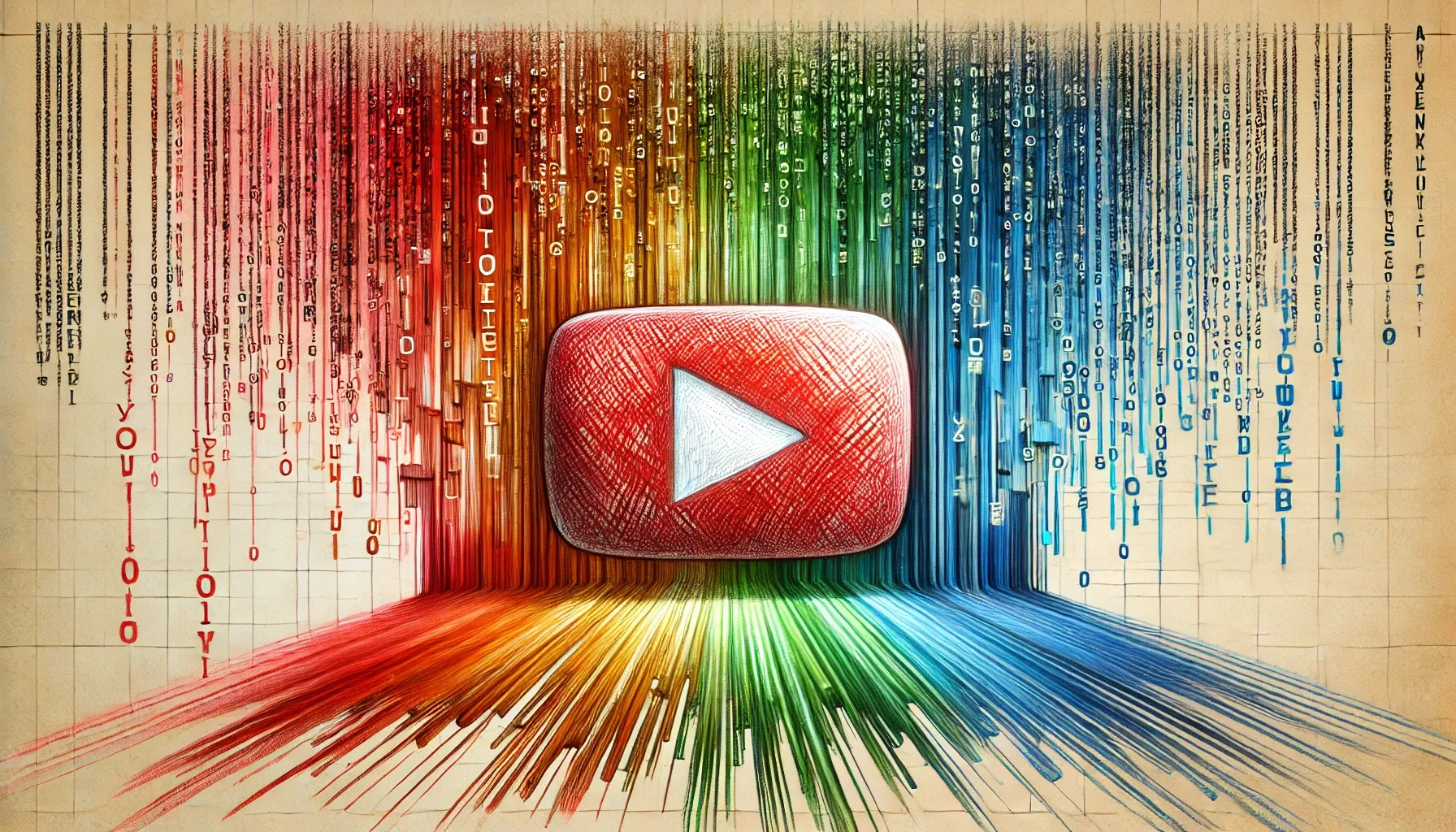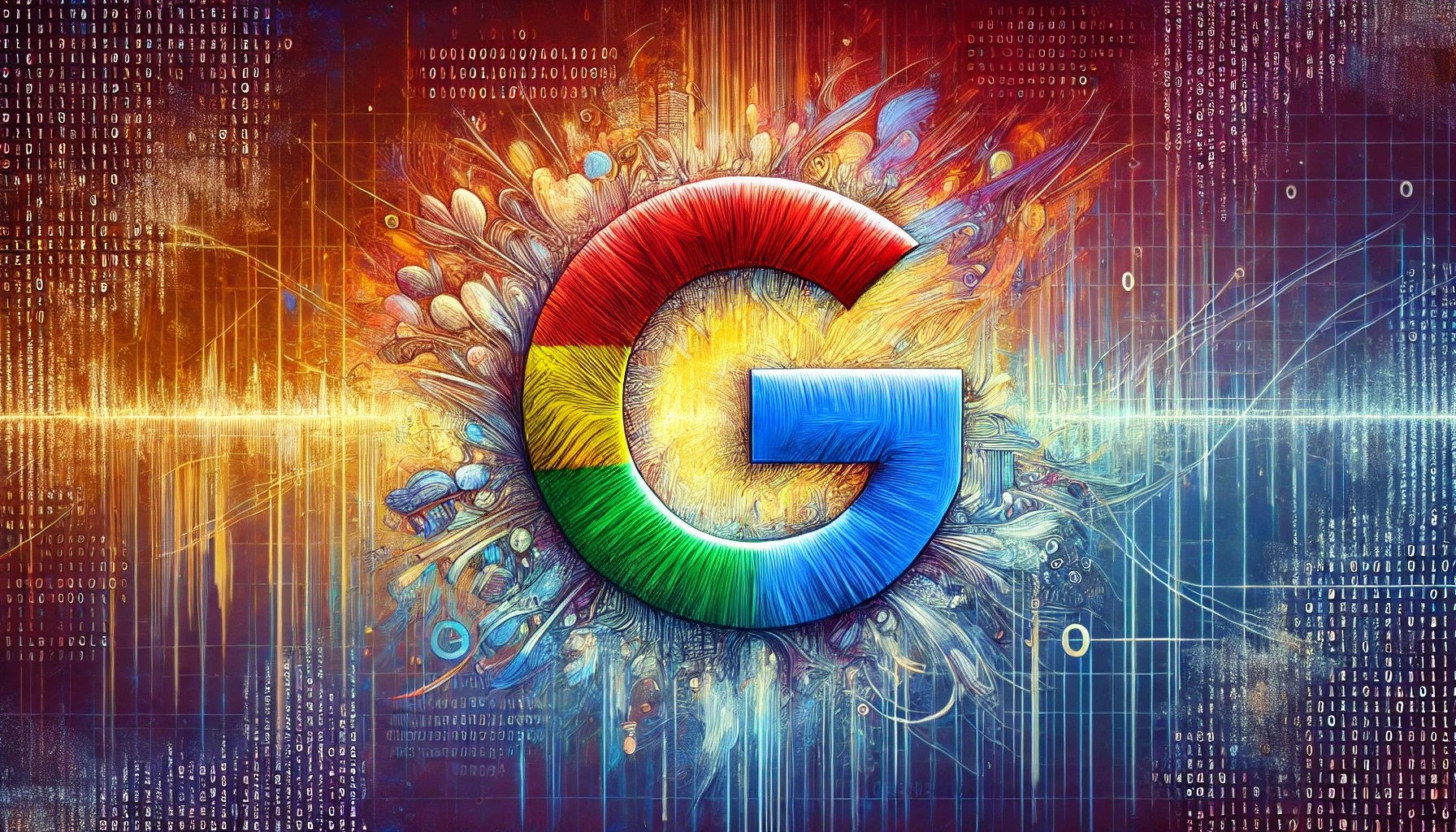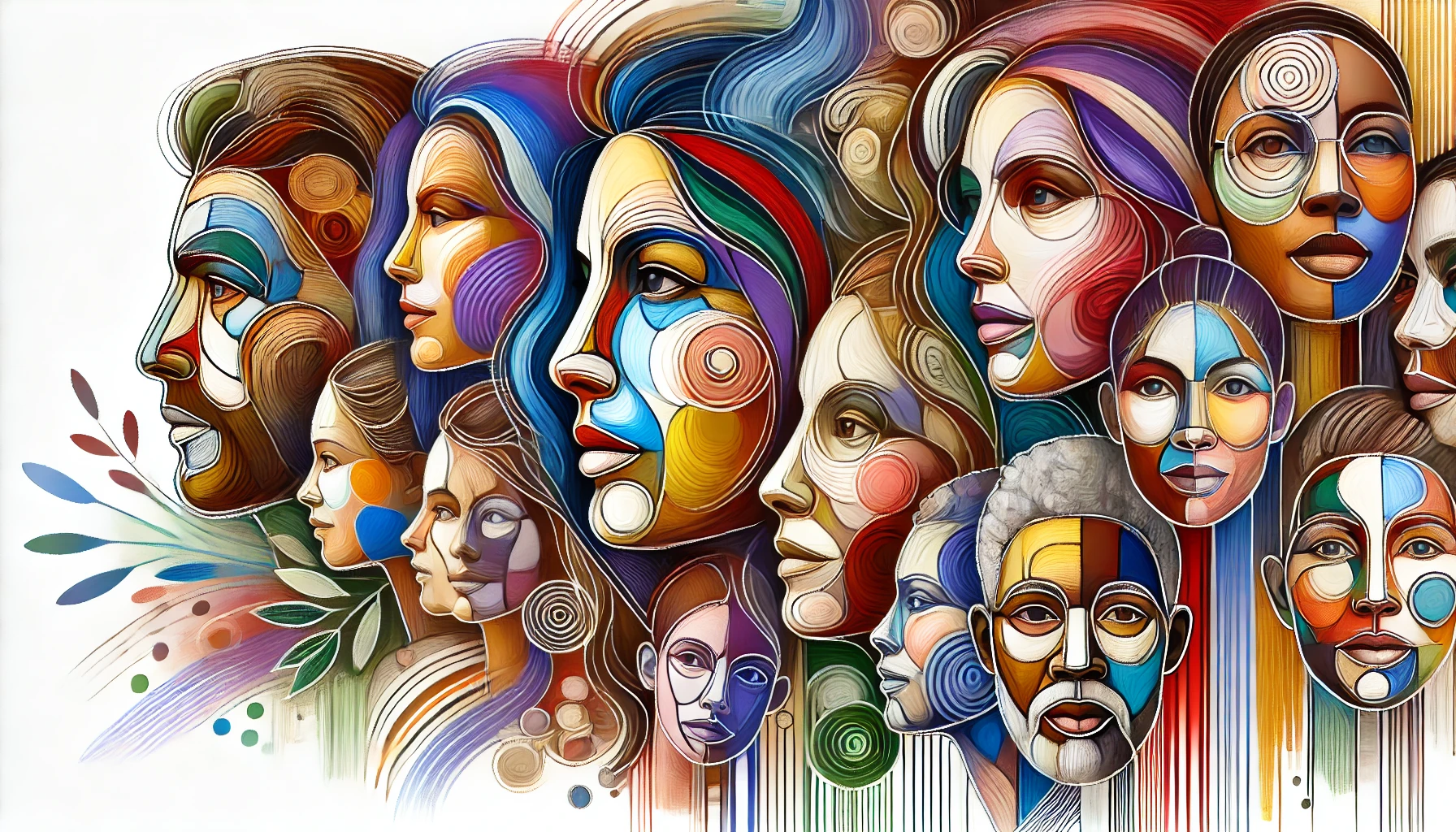In the oversaturated digital landscape, brands can't afford to rely on guesswork to connect with audiences. The most impactful stories aren’t just creative, they’re informed by data to ensure they reach the right audience at the right time.
Data-driven storytelling bridges the gap between raw numbers and compelling narratives, transforming analytics into content that informs, inspires, and converts. By leveraging audience insights, search trends, and engagement metrics, brands can craft stories that don’t just entertain but also drive measurable action.
The best brand stories aren’t created in a vacuum. They’re built on real consumer behavior, engagement patterns, and market trends—ensuring brands speak to their audience in a way that resonates. Data-driven storytelling empowers brands to:
- Understand audience preferences and craft relevant messaging
- Personalize content to boost engagement and conversions
- Measure impact and refine strategies for maximum effectiveness.
In this guide, we’ll explore how brands can harness data to shape compelling stories, optimize content marketing strategies, and create campaigns that don’t just attract attention—but hold it. Plus, we’ll look at real-world examples of brands that have mastered the art of blending creativity with analytics.

Understanding Your Audience: The Data-Driven Approach
The foundation of brand storytelling lies in understanding your audience at a granular level—who they are, what they care about, and how they engage with content. Data removes the guesswork, allowing brands to craft stories that resonate.
By leveraging website analytics, social media insights, market research, and personalization tools, you can identify key audience behaviors, content preferences, and emerging trends to ensure your stories align with what truly matters to them.
1. Website Analytics: Uncovering User Behavior
Your website is a goldmine of audience insights, helping you track visitor behavior, interests, and engagement patterns. These tools provide valuable data that can inform and refine your brand storytelling strategy:
- Google Analytics & GA4: Track demographics, session duration, bounce rates, and user journeys to understand which content resonates.
- Hotjar & Crazy Egg: Use heat maps, click tracking, and session recordings to visualize how users navigate and interact with your content.
- Microsoft Clarity: Identify friction points in user experience, seeing where visitors hesitate or drop off in their journey.
Key Takeaway: Website analytics reveal how users engage with your content, helping you fine-tune your storytelling for better impact and retention.
2. Social Media Insights: Understanding Engagement Trends
Social media platforms offer a real-time pulse on audience interests, engagement habits, and sentiment analysis. These tools help brands track which stories resonate with their audience most and why:
- Meta Insights – Monitor post engagement, audience demographics, and trending content to optimize storytelling strategies.
- X (formerly Twitter) Analytics – Identify high-performing tweets, trending hashtags, and audience interactions to refine messaging.
- TikTok & YouTube Analytics – Measure video engagement, watch time, and comment sentiment to see how visual storytelling performs.
Key Takeaway: Social media insights help brands create content that sparks conversation, encouraging authentic engagement and connection.
3. Market Research: Identifying What’s Trending
Understanding consumer interests and trends allows brands to stay ahead of the curve. These tools help uncover what’s capturing your audience's attention:
- Google Trends & Exploding Topics: Track search trends over time, ensuring your content aligns with growing interests.
- Brandwatch & Sprout Social – Use social listening to monitor brand mentions, industry conversations, and audience sentiment.
- SurveyMonkey & Typeform – Gather direct audience feedback on preferences, challenges, and content expectations.
Key Takeaway: By aligning brand storytelling with audience interests, brands stay relevant and create content that feels timely and meaningful.
4. Personalizing Stories for Maximum Impact
Consumers expect personalized experiences, and data makes this possible. By tracking user behavior and preferences, brands can deliver more relevant, targeted stories that drive engagement:
- HubSpot & Salesforce: Segment audiences based on past interactions, delivering tailored content experiences.
- Mailchimp & Klaviyo: Personalize email and ad campaigns, ensuring messaging resonates with specific audience segments.
- Optimizely & Unbounce: Experiment with different versions of content to see which storytelling approach performs best.
Key Takeaway: Personalized brand storytelling enhances audience connection, making content more engaging, impactful, and conversion-friendly.
5. Unlocking Hidden Insights: Measuring & Optimizing Content Performance
Even the best storytelling strategies need ongoing refinement. By analyzing performance data, brands can uncover hidden trends and optimize content marketing for maximum impact:
- Tableau & Power BI – Transform raw data into visual insights to identify content trends.
- Google Looker Studio & Adobe Analytics – Track deep engagement metrics to understand how storytelling drives conversion.
- SEMRush & Ahrefs – Monitor how well brand stories rank in search, identifying optimization opportunities.
Key Takeaway: Data-driven storytelling is not a one-time effort—it’s an iterative process that continuously refines content based on audience behavior and insights.
By harnessing website analytics, social insights, market research, personalization tools, and content performance data, you can move beyond surface-level storytelling and create narratives that connect with your audience.
With data as your strategic guide, your brand storytelling becomes more relevant, engaging, and results-driven, ensuring that every piece of content truly resonates.

Real-World Case Studies: Data-Driven Storytelling in Action
Brands that master data-driven storytelling don’t just guess what their audience wants; they listen, analyze, and craft stories that make an impact. Let’s explore some standout campaigns over the years that leveraged audience insights, digital trends, and innovative storytelling to create compelling brand narratives.
1. Procter & Gamble: The Power of Emotional Storytelling
Campaign: Thank You, Mom (Tokyo 2020 Olympics)
P&G’s Thank You, Mom campaign was a masterclass in emotional storytelling, spotlighting the sacrifices, strength, and unwavering support of mothers behind Olympic athletes. P&G tapped into universal emotions that transcended cultures and demographics.

- Emotional resonance: Focused on themes of love, sacrifice, and perseverance, creating a powerful emotional connection.
- Global reach: The campaign aligned with the Tokyo Olympics, ensuring massive visibility across diverse audiences.
- Multi-channel execution: Leveraged heartwarming video stories, social media content, and an interactive microsite to drive engagement.
Why It Worked: By pairing data on global engagement trends with a deeply relatable story, P&G created an ad campaign that struck a chord worldwide—reinforcing their brand as one that supports families.
2. Apple: Turning User-Generated Content into a Movement
Campaign: Shot on iPhone
Apple’s long-running Shot on iPhone campaign is a prime example of how brands leverage user-generated content (UGC) to foster community and elevate storytelling. By featuring real photos taken by iPhone users, Apple turned everyday creativity into a global phenomenon.

- Authenticity & Trust: Real customer stories outperformed polished, corporate marketing in building trust.
- Community-driven engagement: Encouraged users to share their creativity using the campaign hashtag.
- Platform optimization: Featured across social media, billboards, and even Apple’s website to create a seamless, multi-platform brand experience.
Why It Worked: Apple tapped into a deep understanding of social media behaviors, leveraging UGC to inspire customers while showcasing the power of iPhone cameras.
3. Airbnb: Humanizing the Brand Through Hosts
Campaign: Made Possible by Host
Airbnb’s campaign shifted the focus away from travel destinations and instead celebrated the human connections formed between hosts and guests.
Through personal stories, Airbnb reinforced that their platform was about more than just accommodations—it was about life-changing experiences.

- User-centric storytelling: Showcased real hosts and guests, building trust and emotional connection.
- Social proof & engagement: Encouraged audiences to share their own Airbnb experiences via branded hashtags.
- Multi-format content: Included video vignettes, interviews, and interactive microsites to deepen audience engagement.
Why It Worked: Airbnb used audience sentiment analysis and engagement metrics to craft a campaign that felt genuine, reinforcing the community-driven ethos of their beloved brand.
4. Patagonia: Challenging Consumerism with a Bold Narrative
Campaign: Don’t Buy This Jacket
Patagonia took a risk by directly challenging the conventional fast-fashion cycle, urging consumers to consider the environmental impact of their purchases, aligning with the company’s commitment to sustainability.

- Authentic brand alignment: This reinforced Patagonia’s core mission of sustainability, making the message feel genuine.
- Controversy-driven engagement: The bold stance sparked conversation and media coverage.
- Long-term impact: Strengthened brand loyalty among eco-conscious consumers, helping Patagonia maintain leadership in sustainable fashion.
Why It Worked: Instead of a traditional sales-driven campaign, Patagonia leveraged data and its audience's moral values to turn a counterintuitive message into a global movement.
Each of these brands succeeded because they used data to craft narratives that resonated with their audiences. By integrating insights, trends, and analytics, your brand can create impactful storytelling that builds long-term loyalty.
Summary: Data-Driven Copywriting That Converts
The future of copywriting lies in the balance between emotion and analytics. The most effective campaigns use data to understand audience behavior, personalize messaging, and refine content for performance. Authenticity is key, but the right data ensures that stories reach the right people with the right message at the right time.
Need help creating a data-driven content strategy? Let’s talk.
















